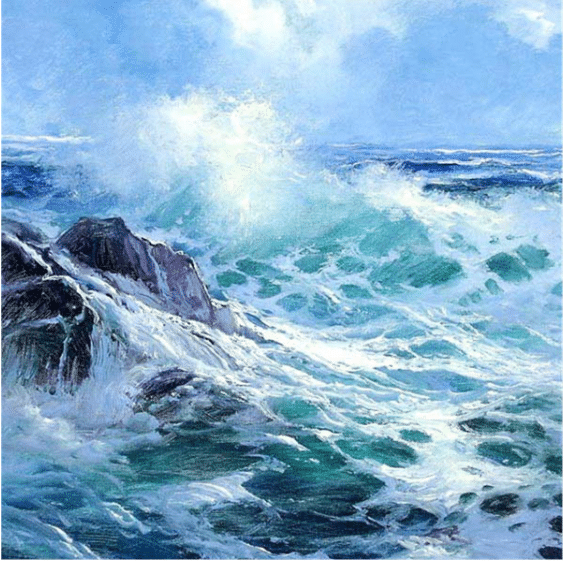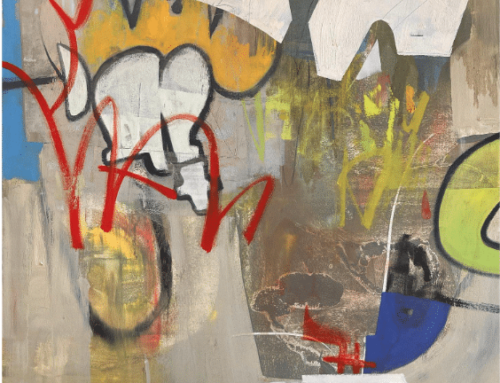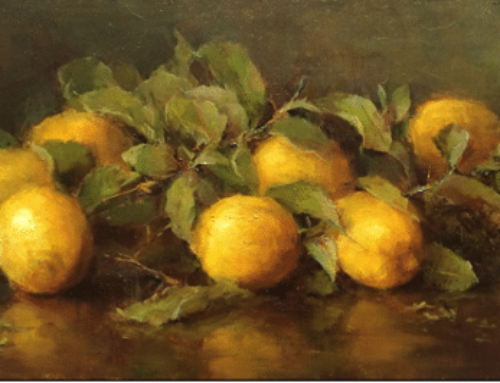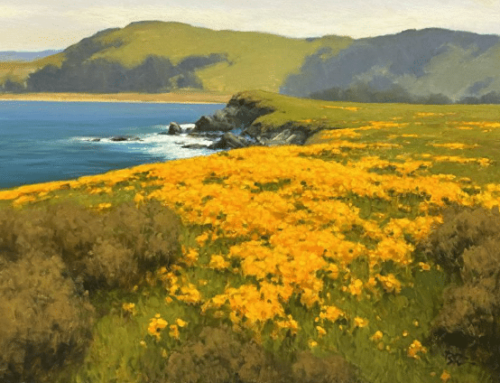Just three words, LOOKING, THINKING, and PAINTING can radically change your artistic approach, your career, even as your life. It sounds gimmicky but it happened that way for me.
Years ago, I shared some developing work of mine with an early mentor. Wisely, instead of critiquing the mediocre painting, falsely flattering me, or calling me out for my hubris, he just smiled and said: Keep looking, thinking, and painting.
“Great. Thanks a lot. That’ll happen, anyway,” I thought to myself. And yet those words kept coming back to me over the years. Whenever I lose my way, they encourage me still.
But what does it mean? Miraculously, the more you do these things – look, think, and paint – the more you realize there are many meanings for these three words and they all intertwine and feed and reinforce each other.
- Looking can mean seeing like a painter, learning how to combine observation and imagination when drawing or painting from life. It can also mean just looking at paintings both contemporary and historical, good, bad, and indifferent, old favorites and new to you, yours but mostly others, all the time. Dive into the whole history of painting (so you can steal from it judiciously). Learn technique by studying the relationship between artists, their world, and their work – question why the artists you love painted the way they did. This leads into the next word:
- Thinking can mean thinking about your subject and your painting, before, during, and after, and it can also mean thinking about painting – studying theory, learning technique, but also asking yourself the hard questions about why you or anyone makes art at all. Thinking about how paintings “work,” what of intrinsic value they can give to a viewer based on the (ever-changing) purposes of art in the world, will ultimately propel your own relationship to your art to a more personal and meaningful level. And finally,
- Painting means actually doing the thing, A LOT, because moving that brush is the only way to synthesize what you’ve seen and thought about, by rediscovering it on canvas in a way that’s relevant to you and what you make. It’s also how to figure out what to look at, how to look at it, and what questions you need to ask.
Each reinforces the other: the more you look at great paintings, the more your ideas change, the more inspired you become, the more you understand about technique and the more you want to paint – the more you see (have you ever noticed how painting landscapes actually changes how the world looks to you?), the more your painting incorporates what you’ve thought that painting is or should be, the clearer and higher your ideals you set for yourself, the more clearly you can read and critique a painting – all of which keeps you looking, painting, and thinking and so on until they take away your last Get Out of Jail Free card and you do not pass Go and do not collect $200 but you don’t even notice because you’re too busy enjoying the game.
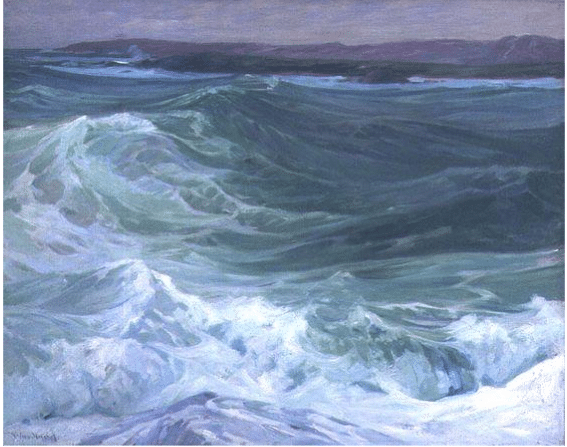
Charles Woodbury, Ocean Surf, Ogunquit Museum of Fine Art
Artist Charles Herbert Woodbury (1864-1940) had a neat definition of painting: “A picture is a thought or feeling expressed in terms of Nature.” The rest of that sentence reads: “The method is a matter of the moment …. Clear sight, clear thought, clear expression; the thought should depend on the sight, and the expression on the thought.” Think about it – sight, thought, and expression = looking, thinking, and painting.
Fellow ocean painter and close contemporary to Woodbury, Frederick Waugh (1861-1940), said something similar in his analysis of the process: “observations, concentration, then application.” It’s the same formula – and it is guaranteed to take you a long, long way.
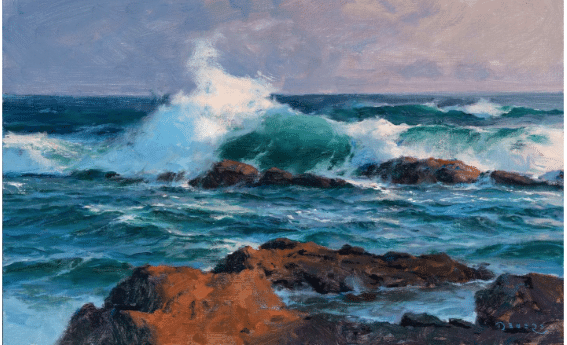
Don Demers, seascape in oil
Woodbury ran a super popular outdoor painting school in Ogunquit, Maine for the first 40 years of the twentieth century. He taught literally thousands of painters what was then a radical idea: don’t paint it the way it looks, paint it the way it seems. He was perhaps the first teacher to formalize a practical method of emphasizing feeling as well as teaching the specialized skills of plein-air painting.
There are several very thorough instructional videos out there on painting the ocean, by the artists whose work you see featured in this post.
Painting is a wild and surprising adventure if you’re brave enough to let it be.
Whatever, you do, keep looking, thinking, and painting.

